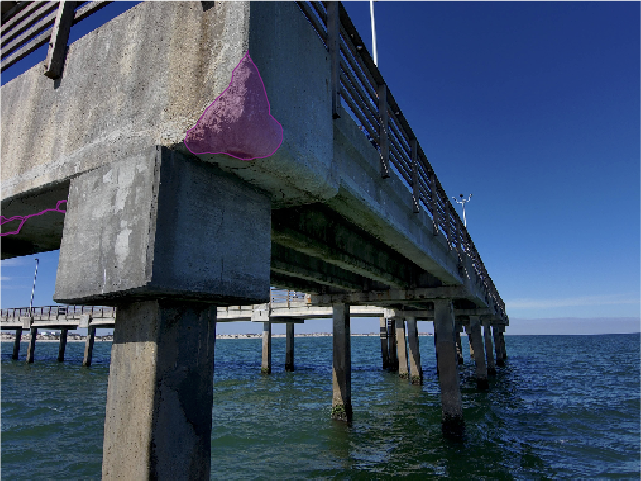
Composite materials have been used in the oil and gas industry for many decades, and the trend is growing. It has been estimated that the global use of composites may reach almost US 2 billion dollars by 2021.
In this article, we examine the following:
- Which types of composites are currently in use?
- What are the pros and cons of using composites instead of metallic alloys?
Which types of composites are currently in use?
The largest market in the oil and gas industry is for glass fiber-based composites. They are used for piping, tanks, frac plugs and balls, and for offshore drilling applications. Glass fiber-based composites provide moisture, heat and corrosion resistance, strength, flexibility, durability, stability and they are lightweight.
Epoxy resin-based composites have the largest market share because they provide better performance at elevated temperatures, good adhesion strength, and they have lower styrene emissions than polyester resins.
The following list highlights important applications of glass fiber-based composites.
- Fiberglass-reinforced plastic (FRP) pipes have been replacing conventional pipes for the following reasons:
(a) They provide excellent corrosion resistance, and they are not electrically conductive;
(b) They provide high strength-to-weight ratio;
(c) They provide improved fatigue endurance;
(d They maintain good dimensional stability:
(e) They require little maintenance.
- Epoxy resins, when cured with embedded glass balloons; provide excellent buoyancy modules for offshore drilling.
- Pipes made with glass fiber-based composites are finding rapidly growing applications in the offshore drilling industry. The applications include pipes, risers, downlines and flow lines. The growing demand for glass fiber-based composites instead of metallic alloy-based equipment is due to these reasons: (a) they can be tailored to provide high strength; (b) they are cost effective; (c) they are lightweight, and (d) they require low maintenance.
What are the pros and cons of using composites instead of metallic alloys?
The following list summarizes the main advantages in using fiber-based composites in the oil and gas industry.
- They provide a high strength-to-weight ratio, thereby lowering the cost of transporting equipment to drilling and production sites.
- They provide good corrosion resistance, thereby lowering maintenance costs. Corrosion is one of the most troublesome and costly failure modes in metallic-alloy based oil equipment.
- They provide good thermal insulation, excellent damping, and fatigue endurance.
The following list summarizes the main disadvantages in using fiber-based composites in the oil and gas industry.
- Mechanisms for predicting long-term damage (ageing) and failure mechanisms of composites are not well understood. For this reason, it is necessary to be conservative in utilizing composites in operations that are not fault tolerant, nor in operations where structural failure can neither be anticipated nor predicted.
Continual in-service equipment monitoring (preferably with industrial drone services) may be necessary to elevate performance reliability of composites to that of metallic-alloy based equipment.
- A high degree of manufacturing competence is necessary for constructing structural equipment from composites.
Unlike metallic-based alloys, mechanical properties of composites are tailored and manufactured. Consequently, heterogeneity and anisotropy introduced by constructing a structural material from fiber and a resin matrix cannot be predicted with great certainty.
Because unforeseen sudden structural failure mechanisms are possible, significant equipment reliability testing is required before using composite structures.
Conclusions
The past three decades have seen the rapid adoption of composite materials in the oil and gas industry, and the trend is growing.
Composite structures can be tailored to provide strength characteristics that are comparable to those of metallic-alloy based structures. Because of benefits that composites provide (such as high strength-to-weight ratio, corrosion resistance, low maintenance and cost effectiveness), they will probably replace many conventional structures in the oil and gas industry.
Failure mechanisms and reliability of composite structures are not well understood. However, current research is ongoing to embed fiber optics, strain gages, and computerized tools into composite structures for monitoring structural integrity. When this research becomes a practical reality, the use of composites will become more compelling, because drone-based maintenance tasks will be extremely efficient and cost effective.
Tags
Oil and Gas



.png)
